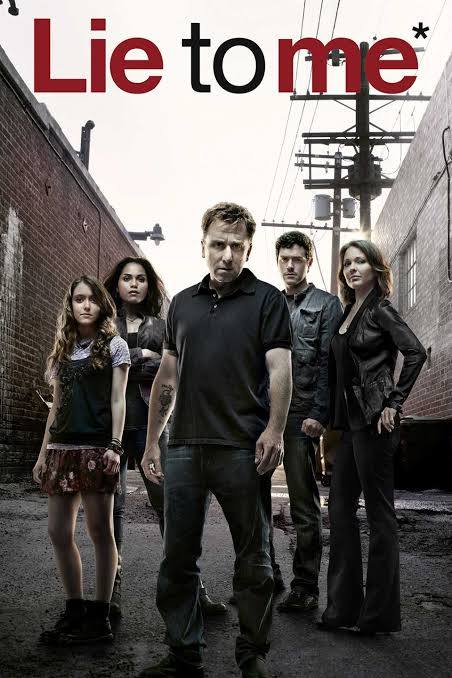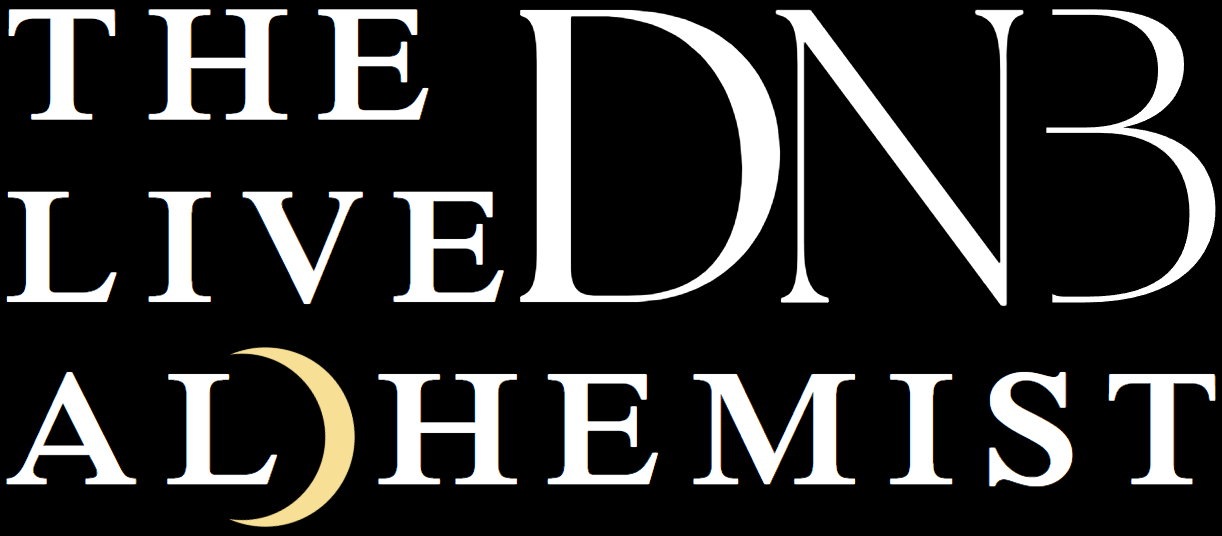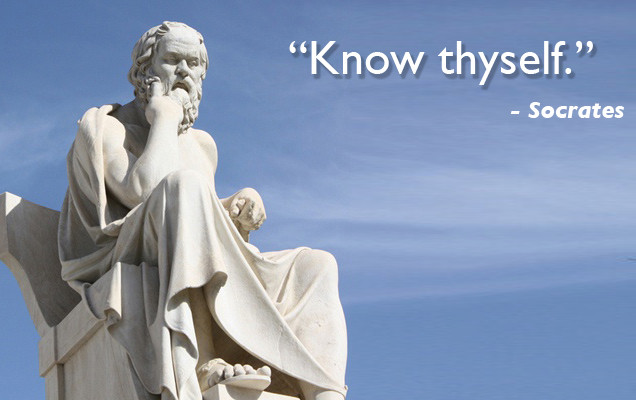A Great Show I Love: Lie To Me. Watch this short 54 second clip before getting started.
They say body language speaks louder than words, if that’s true, my beard has been narrating my inner monologue for years.
I never really noticed it until recently. There I was, sitting across from a friend mid-conversation, when he suddenly paused, smiled, and said, “You know you do that thing with your beard every time you’re really thinking?”
I chuckled, hand still resting at my chin. It’s true. Whenever a question hangs in the air or a problem refuses a simple answer, my fingers find their way to my beard. Slowly, absentmindedly, I stroke it, not out of vanity, but instinct.
It’s a ritual, really.
A pause.
A breath.
A silent permission to think deeply.
Some people fidget. Some tap their pen. Me? I consider each strand of hair like it holds a tiny piece of the answer.
I’ve realized it’s not just a quirk, it’s a tell. Stroking my beard signals to anyone paying attention that the gears are turning behind my eyes. That what’s coming next isn’t casual, it’s considered.
In a world addicted to snap judgments and rapid replies, the beard stroke is a quiet rebellion. It says: Wait. I’m thinking.
Maybe that’s what I like about it most. It slows things down. Grounds me. Brings the noise to a murmur and the mind to a hum.
It’s not nerves. It’s not uncertainty.
It’s a signal: I’m home, right here, in the moment, working through the puzzle before me.
So if you ever see me in thought, beard between fingers, now you’ll know:
I’m not distracted. (Well maybe by thought)
I’m not stalling.
I’m just sharpening the words before they leave my mouth.
One thoughtful stroke at a time.
"Know thyself"
- Socrates ⚽🌲's
_______________________________________________
1. Facial Expressions: The Window to Emotion
Smile
- Genuine (Duchenne Smile): Eyes crinkle, cheeks raise. Signals happiness, trust, authenticity.
- Fake Smile: Only mouth moves. Signals politeness, discomfort, or forced positivity.
Eyebrow Movements
- Raised Eyebrows: Surprise, curiosity, or skepticism.
- Lowered Brows (Frown): Anger, confusion, concentration.
Eye Contact
- Steady Eye Contact: Confidence, attentiveness.
- Too Much Eye Contact (Staring): Aggression, threat, dominance.
- Avoiding Eye Contact: Nervousness, dishonesty, submission, shyness.
Blinking
- Fast Blinking: Anxiety, stress, lying (maybe).
- Slow Blinking: Relaxation, boredom, sometimes flirtation.
Lip Movements
- Pursed Lips: Disapproval, thoughtfulness, restraint.
- Lip Biting: Anxiety, tension, flirtation.
- Lip Twisting: Dismissal, uncertainty.
2. Head Movements: Subtle but Loud
Nodding
- Slow Nodding: Agreement, understanding, encouragement.
- Fast Nodding: Eagerness, impatience.
Tilting the Head
- Head Tilted to the Side: Interest, engagement, trust.
- Head Tilted Down: Submissiveness, coyness (flirting), sadness.
Chin Up
- Raised Chin: Confidence, superiority, defiance.
- Tucked Chin: Insecurity, submission.
3. Posture: How You Stand Speaks Volumes
Open Posture
- Shoulders Back, Chest Open: Confidence, receptiveness, power.
- Leaning In: Engagement, interest.
- Leaning Away: Discomfort, disinterest.
Closed Posture
- Arms Crossed: Defensive, closed-off, resistant.
- Hunched Shoulders: Insecurity, fear, submissiveness.
Weight Shifting
- Shifting Away: Desire to exit the interaction.
- Shifting Toward: Interest, rapport.
4. Hand Gestures: The Subtitles of Speech
Palm Directions
- Palms Up: Honesty, openness, submission.
- Palms Down: Dominance, certainty.
- Palms Closed (Fist): Aggression, tension, determination.
Finger Movements
- Pointing: Aggression, authority (be careful, it can seem rude).
- Steepling (Fingertips Touching): Confidence, control, superiority.
- Fidgeting Hands: Nervousness, lack of confidence, impatience.
Touching Face or Hair
- Face Touching: Anxiety, dishonesty (classic “lying” tell, but not definitive).
- Hair Twirling: Flirting, self-soothing.
5. Legs and Feet: The Hidden Truth-Tellers
Leg Positioning
- Crossed Legs (Away from Person): Discomfort, lack of interest.
- Crossed Legs (Toward Person): Interest, comfort.
Foot Pointing
- Feet Pointed Toward Person: Engagement, attraction.
- Feet Pointed Away or Toward Exit: Disinterest, desire to leave.
Restlessness
- Tapping Feet: Impatience, nervousness.
- Bouncing Leg: Anxiety, excitement, anticipation.
6. Proximity: Personal Space Matters
Standing Close
- Entering Personal Space: Intimacy, aggression (depending on context).
- Keeping Distance: Respect, discomfort, formality.
Zones to Know:
- Intimate Distance (0–18 inches): Close relationships.
- Personal Distance (1.5–4 feet): Friends, family.
- Social Distance (4–12 feet): Strangers, acquaintances.
- Public Distance (12+ feet): Public speaking, large groups.
7. Mirroring: The Ultimate Rapport Builder
When someone mirrors your body language, mimicking your posture, gestures, and even speech patterns, it’s a huge signal of:
- Agreement
- Connection
- Empathy
But beware: Over-mirroring can come off as mocking if not done naturally.
8. Micro-expressions: Blink and You’ll Miss Them
Micro expressions are quick, involuntary facial expressions that occur in response to emotions:
You have about 1 second or less to see and acknowledge.
- Fear: Eyebrows raised, eyes widened.
- Disgust: Nose wrinkled, upper lip raised.
- Sadness: Drooping eyes, downturned mouth.
- Happiness: Eyes crinkled, mouth upturned.
- Surprise: Raised eyebrows, open mouth.
They’re hard to fake, and hard to hide.
Contempt
- Facial Expression:
- One corner of the mouth lifted (asymmetrical smirk).
- Often accompanied by a slight eye roll or narrowed eyes.
- Body Language:
- Head tilted slightly back (looking down on someone).
- Arms crossed or body turned slightly away in dismissal.
- Signal:
- Superiority, disdain, disrespect, "I'm better than you" vibe.
Envy
- Facial Expression:
- Tight, compressed lips (forced smile or no smile at all).
- Narrowed, squinting eyes.
- Eyebrows pulled slightly together (mild frown).
- Sometimes darting glances, looking at someone from the side or briefly then away.
- Body Language:
- Leaning back or physically withdrawing (distancing from what they envy).
- Clenched jaw or hands (tension).
- Fake or tight smiles that don’t reach the eyes.
- Signal:
- Resentful desire, internal conflict (admiration mixed with bitterness).
9. Other Tells and Contextual Cues
Sweating
- Stress, anxiety, fear.
Blushing
- Embarrassment, attraction, shame.
Yawning
- Tiredness, boredom, or empathy (yawning is contagious among socially bonded people).
Tone of Voice
While technically not body language, tone complements body signals:
- High-pitched Voice: Nervousness.
- Slow, Even Voice: Calmness, authority.
- Fast Speech: Excitement, anxiety.
10. Cluster Reading: Why One Signal Isn’t Enough
Golden Rule of Body Language: Never judge on one signal alone.
A crossed arm could mean coldness, or literally that someone is cold. Look for clusters, groups of body language signals that paint a more complete picture.
Final Thoughts: How to Read Body Language Like a Pro
- Observe Baseline Behavior: What’s normal for them?
- Look for Deviations: Sudden changes signal emotional shifts.
- Context Is King: What’s happening in the environment?
- Trust Patterns Over Instants: A consistent pattern tells the real story.
- Stay Humble: Reading body language is powerful, but it’s not mind-reading.
Why It Matters
Understanding body language sharpens your communication, improves empathy, enhances leadership, and might just help you spot a lie before it becomes a problem.
Did this post make you sweat? Feel a little anxious?
Don’t worry. I can say, with utmost confidence, it’s definitely not because you have anything to hide.
You’re probably not harboring any deeply buried negative emotions either. Nope.
You’re perfect exactly as you are.
Just like Mom and Dad always said.
And surely, surely, you’re not avoiding growth.
Not even a little bit.
Want more?

Or watch you can watch Lie To ME on Hulu.

I did both.


